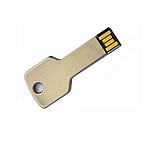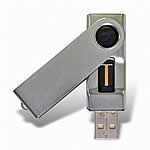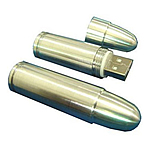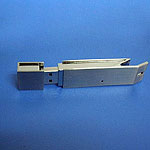usb 2.0
USB (Universal Serial Bus) is a way of setting up communication between a computer and peripheral devices. USB is intended to replace many varieties of serial and parallel ports. USB can connect computer peripherals such as mice, keyboards, PDAs, gamepads and joysticks, scanners, digital cameras, printers, personal media players, flash drives, and external hard drives. For many of those devices, USB has become the standard connection method. USB was designed for personal computers, but it has become commonplace on other devices such as PDAs and video game consoles, and as a power cord between a device and an AC adapter plugged into a wall plug for charging. As of 2008[update], there are about 2 billion USB devices sold per year, and about 6 billion total sold to date.
The design of USB is standardized by the USB Implementers Forum (USB-IF), an industry standards body incorporating leading companies from the computer and electronics industries. Notable members have included Agere (now merged with LSI Corporation), Apple Inc., Hewlett-Packard, Intel, Microsoft and NEC.
USB 2.0
USB 2.0: Released in April 2000, added higher maximum speed of 480 Mbit/s (now called Hi-Speed).
The USB 2.0 specification package is available from USB.org







